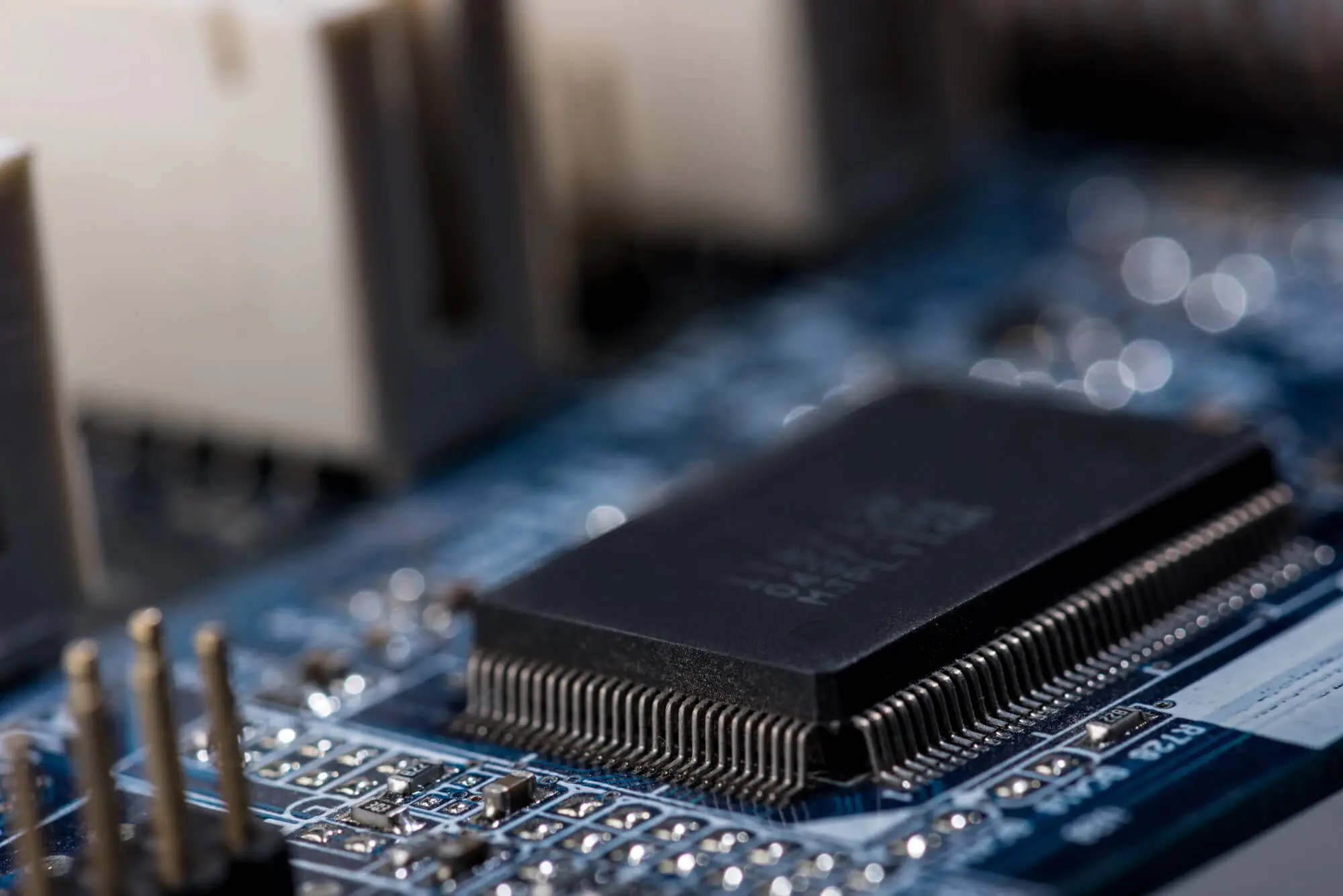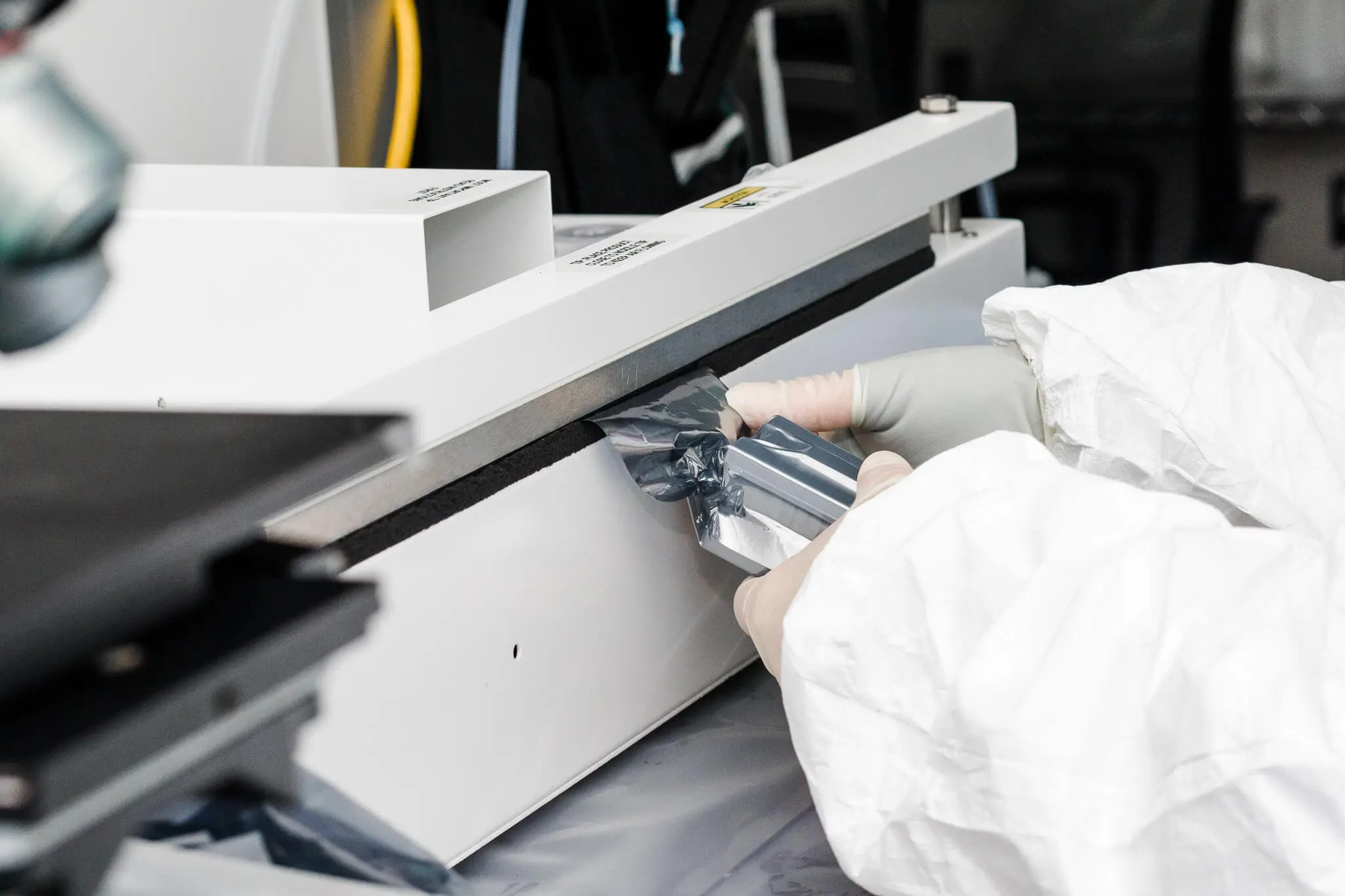When it comes to selecting the right SI wafer for your project, the choice between amorphous silicon (a-Si) and crystalline silicon (c-Si) is critical. Each form of silicon has distinct properties that affect performance, cost, and suitability for various applications—especially in semiconductors, solar technology, and electronics.

Crystalline silicon has a highly ordered atomic structure, forming a rigid lattice. Amorphous silicon, on the other hand, lacks long-range atomic order. It’s deposited as a thin film and is more flexible in terms of material usage and application, though typically less efficient.
This results in key differences in various factors, such as:
Crystalline silicon’s structured atomic grid allows for higher electron mobility, making it ideal for applications demanding speed and efficiency—such as microprocessors and high-end photovoltaic systems.
Amorphous silicon’s disordered structure results in lower mobility and higher defect density.
In solar cells, crystalline silicon outperforms amorphous, with typical efficiencies ranging from 15% to 22%, compared to 6% to 10% for amorphous. That said, amorphous silicon performs better in low-light conditions and at higher temperatures, making it suitable for niche or portable solar devices.
Amorphous silicon is easier and cheaper to manufacture, often requiring less material and energy. It supports low-cost, large-area deposition, ideal for building-integrated photovoltaics (BIPV) or flexible electronics.
While more expensive to produce, crystalline silicon offers a longer lifespan and greater stability over time, which can justify the upfront cost in long-term applications.

Amorphous and crystalline silicon offer key distinct performance and yield rates, so finding which one aligns with your project better is fundamental. Crystalline silicon SI wafers are ideal for high-performance, long-term durability projects involving advanced solar panels, integrated circuits, or power electronics.
On the other hand, amorphous silicon is a cost-effective, flexible, and lightweight solution ideal for displays, sensors, or thin-film solar panels. If you are in doubt, contact Wafer World to learn more about our products!